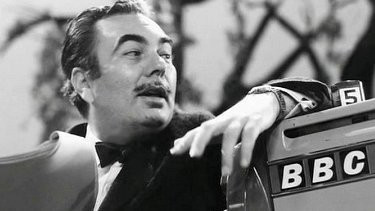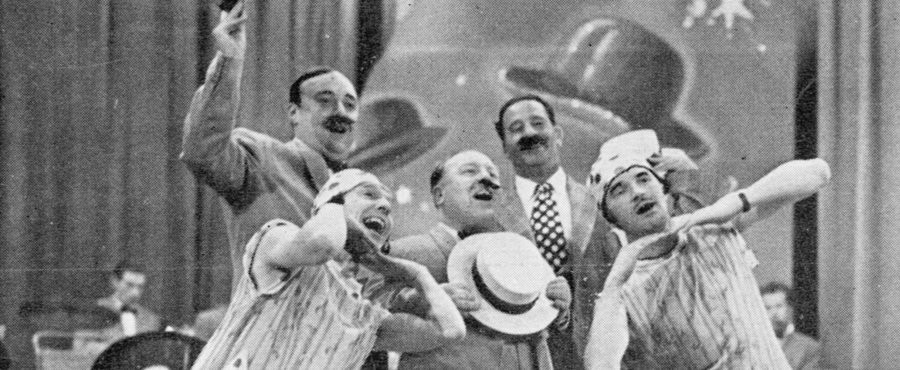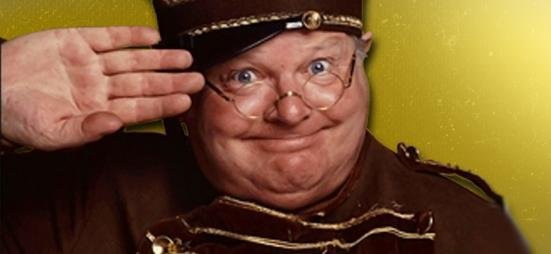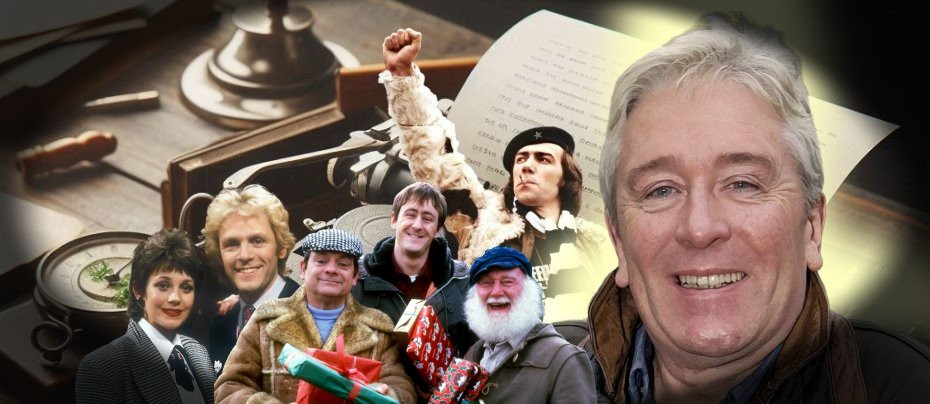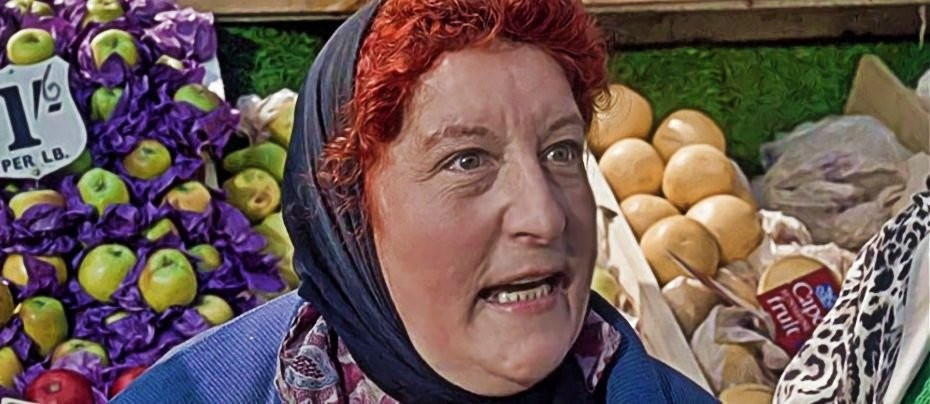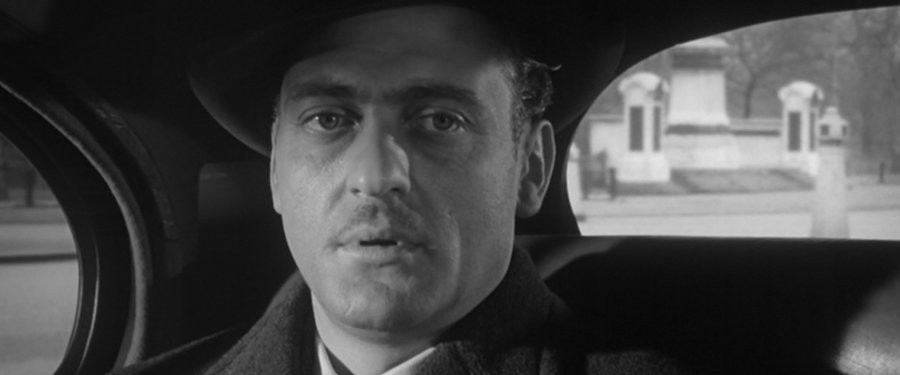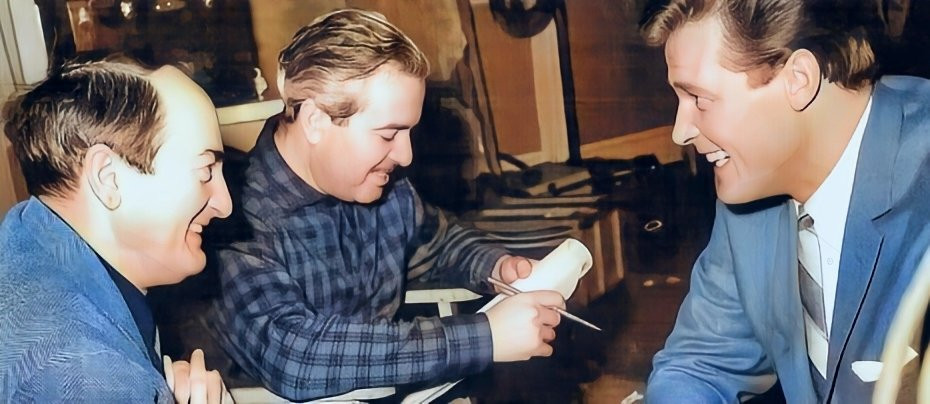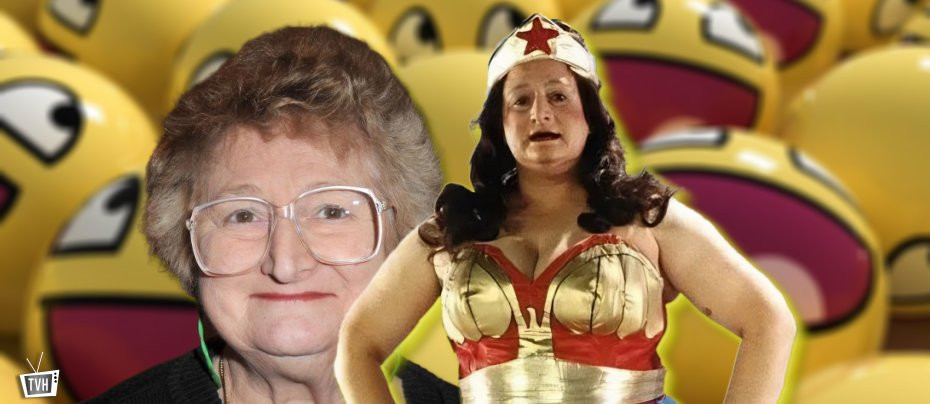
Bella Emberg
Emberg left most of her small wealth to animal charities, befitting the caring woman that she was
Bella Emberg remembered by Brian Slade
Over the years, comedy sketch shows that the whole family watched on a Saturday night have mostly been centred on comedy duos. Cannon and Ball, Little and Large, The Two Ronnies and the like always commanded large audiences. It’s safe to say the comedy performers seemed to need someone to bounce off to succeed. As such, there was inevitably a need for a strong supporting cast for any solo comedian hoping to make it in the primetime slots in his or her own vehicle. One such exponent was Russ Abbott, who commanded millions of viewers with his early evening show. And while he had the likes of Les Dennis, Dustin Gee, Sherie Hewson and Jeffrey Holland among the crew in his Madhouse, one unforgettable unsung hero stuck with him for his whole career…Bella Emberg.
Born in Portslade in 1937, Sybil Dyke as she was named, struggled with bullying as a child. She was a keen sports fan (in later life she revealed her delight at meeting her hero, Denis Compton, when 9 years old) and succeeded at hockey and swimming, despite her size. But her size and a poor set of teeth inevitably drew teasing from her schoolmates, despite her sporting prowess, and her father warned her that she would always be big. She also once claimed that she taught herself not to smile because of her bad teeth.
Rather than wallow in her pain, she determined to use her early challenges as experience to draw from as she entered the entertainment business. She decided she wanted to act when 12 years old, her grandmother allowing advertising boards to be placed outside her house in return for theatre tickets. By the end of her teens, she was known as Bella Emberg and had enrolled at drama school.
Early years were a struggle as she tried to prove her doubting parents wrong about her career choice, but young Bella eventually landed a role in Repertory theatre at Ryde, Isle of Wight. For years, she would scramble around in isolated appearances on successful television shows such as Z-Cars, The Goodies and even with Morecambe & Wise in their black and white ATV days.
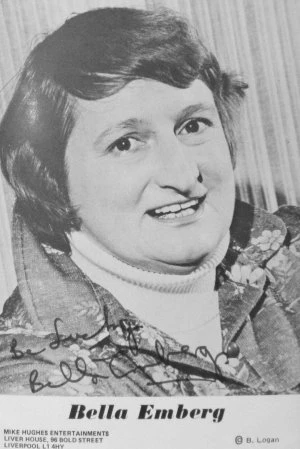
Emberg’s most successful run was with Benny Hill, who was never afraid to use a performer’s physical appearance to gain a laugh, and it was during that run that she would first meet Russ Abbott. As a result, in 1980 she joined Russ Abbott’s Madhouse, a career move that would change her life. Her principal success came as Blunderwoman, a sidekick to Abbott’s own Cooperman, wearing a costume nearly identical to that worn by Linda Carter in the successful Wonder Woman series in the 1970s.
Abbott’s light-hearted offering was a ratings hit and Emberg stayed with him during his entire run, following him from ITV to the BBC in the mid-80s, back again in the 90s and even onto radio when Abbott fell out of favour with the small screen. It was a partnership that made Emberg instantly recognisable, so much so that the pair even appeared together at a Royal Command Performance at the London Palladium. Their pastiche of Sonny and Cher’s I Got You Babe, with Abbott wearing a fat-suit, may not be terribly palatable for a modern audience, but it brought the house down in 1988.

One of the problems of such an instantly recognisable role as Blunderwoman to an actress who was always destined to be in minor roles was that finding other work became difficult. Aside from an appearance in Mel Brooks’s History of the World Part I, Emberg was able to find little genuine acting. Then when Abbott’s long run on television came to an end, work became even more difficult to find. Pantomime, she once said, was harder than Shakespeare, but it was where she was very much a success until later in life when she was rediscovered on Bear Behaving Badly, a successful children’s comedy series in which she played eccentric Aunt Barbara.
Emberg made a cameo in Doctor Who in David Tennant’s first run, as Mrs Croot in Love and Monsters, although a second appearance fell under the editor’s knife. It was something of a homecoming having appeared in the show in 1970 with the Silurians and again in 1974’s The Time Warriors. Such roles were a welcome change, with her size and appearance having no relevance to her albeit brief appearances. Emberg’s final role was in the Idris Elba show In the Long Run, aired after her death. She died in 2018 after a fall brought on by alcohol poisoning.
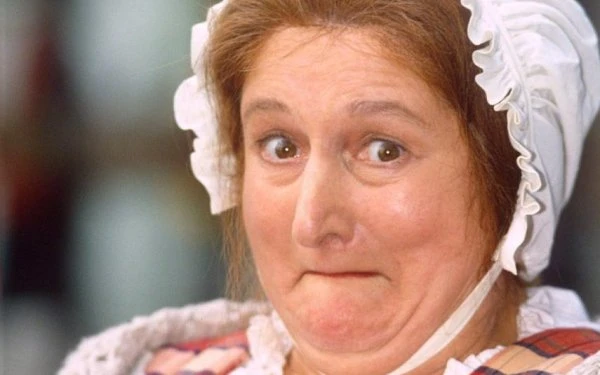
Despite her success having come often because of her size, Bella Emberg was content with her life. She had met Compton as her sporting hero, and her Royal Command performance allowed her to meet her comedy heroes in the ladies of The Golden Girls, for whom she had nothing but admiration. And of her own success, while clearly aware that she could get minimal work for being too recognisable as Blunderwoman, she bore no ill-will to the life the part had brought her. She once told the press that, ‘once every few weeks I go and look at that Blunderwoman costume, still hanging up at home, and I feel nothing but gratitude.’
Unmarried, Emberg left most of her small wealth to animal charities, befitting the caring woman that she was. Her comedy pal for those most successful years, Russ Abbott, said upon her passing that Bella was, ‘most of all, a woman of immense warmth and generosity.’ Her appearances may well have been focused on physical comedy, but that meant that those of a certain age will always remember Bella Emberg.
Published on January 21st, 2024. Written by Brian Slade for Television Heaven.


